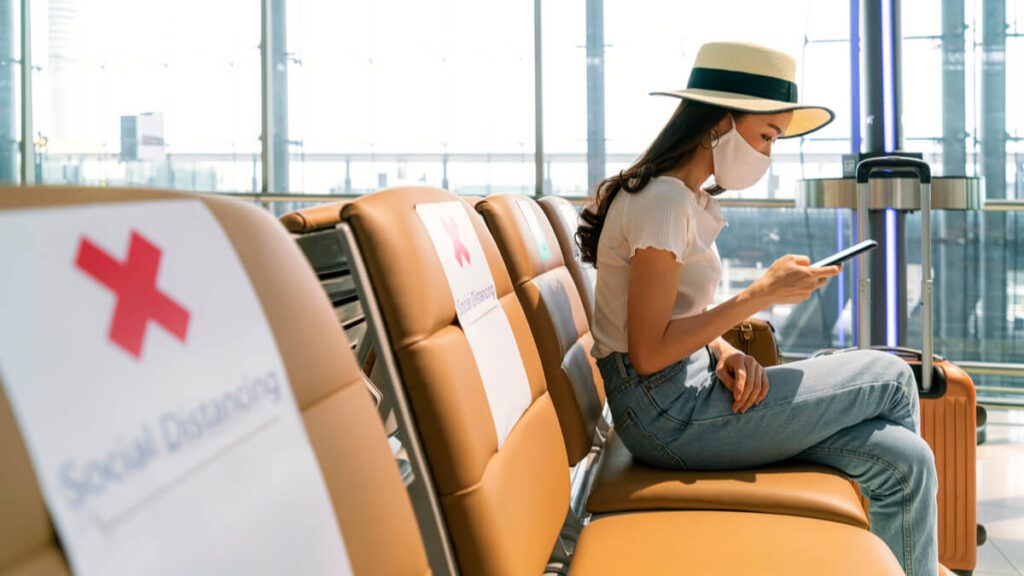
As the COVID-19 pandemic continues, public transport needs to adapt to a new normal and start adopting greener technologies that will render it resilient to future disasters, according to a report by the Asian Development Bank (ADB). The report – Guidance Note on COVID-19 and Transport in Asia and the Pacific illustrates the impact of COVID-19 on transport, as lockdowns forced millions of people to begin working remotely, schools to shift to e-learning and customers to resort to online shopping and food delivery.
While notions of public transport have been previously perceived as mostly green, affordable, and efficient means of travel, initial trends in cities that have re-opened indicate that public transport is still considered relatively unsafe, and is not bouncing back as quickly as cycling, walking or private vehicles.
Further impact of COVID-19 on transport have manifested as drastic lockdown measures around the globe brought world economies to their knees. Satellite footage recorded data on how concentrations of CO2 and air pollutants fell drastically, bringing clear blue skies to some cities. However, as cities reopened, traffic levels have increased. If this trend continues on a wider scale, it could remove decades of effort that have been put into promoting sustainable development. As public transport reopens, confidence of passengers can be restored through health and safety measures like cleaning, tracking, face covering and thermal scanning
As some countries are starting to enter the recovery phase, further precautionary and preventive operating measures and advanced technology can be implemented to enable contactless process and ease an agile response. Demand management steps can ease crowd control in public transport and in airports. Government initiatives and financial aid are critical during this period to enable public transport to continue supporting the movement of passengers and goods in a sustainable way.